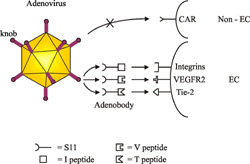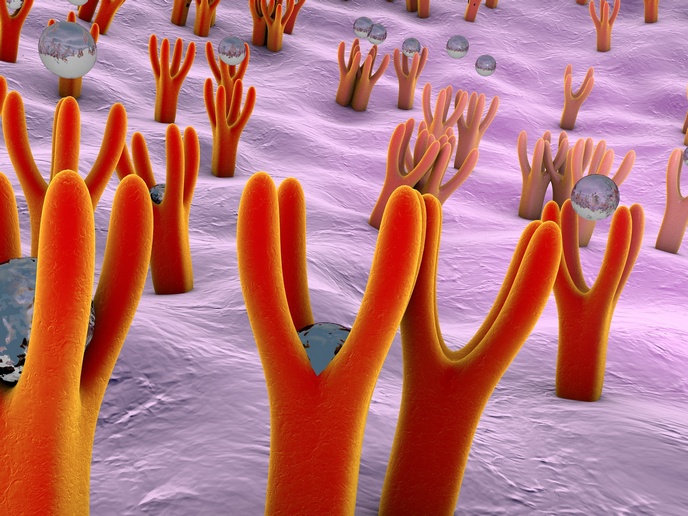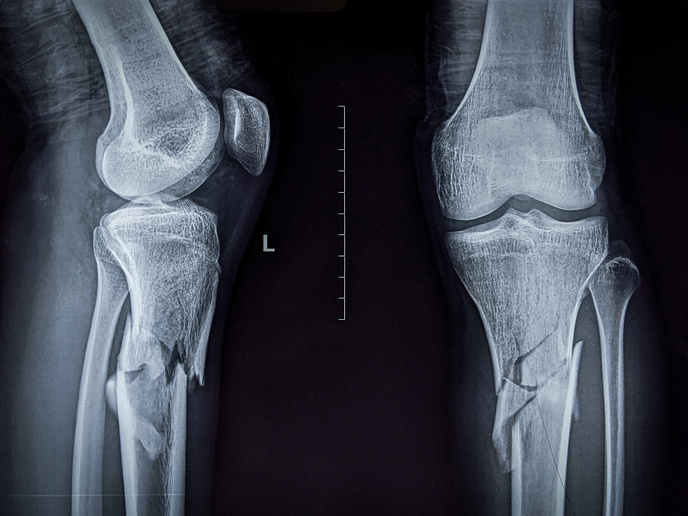Viral vectors for tumour capillary inhibition
Angiogenesis, whereby the development of new blood vessels is initiated, occurs in many processes. For example, the first or proliferative phase of wound healing is characterised by angiogenesis and forms a vital part of tissue regeneration. However, angiogensesis occurs in less desirable situations like tumour development and rheumatic diseases. The extent of capillarisation and its density gives the tumour its ability to become metastatic and spread to other organs. In the drive to find effective therapies for cancer, the EU funded project ANTI TUMOR ANGIOGENESIS investigated the molecular basis for the initiation of blood vessel development. Angiogenesis is under the control of four proteins in the endothelial layer of blood vessels that control the signals for cell multiplication, migration and capillary formation. The aim was to determine the molecular basis for these signals and thereby develop therapies. The project team based at the University of Groningen specifically used an adenovirus as a vector to target the endothelial proteins responsible for vascularisation. Three strategies in all were used to target the proteins. They also devised methods to shield the virus from the immune system. An adenobody was created by fusion of a peptide and an antibody (S11). The peptide guided the virus to the cell surface and growth receptors. The virus was shielded from attack by the immune system due to the antibody component. Secondly, the addition of polyethylene glycol to the virus to produce a PEG molecule was a means of rendering the virus unrecognisable to the immune system. As in the adenobody trial, a peptide anchored to the PEG molecule targeted the virus to cell surface receptors. Genetic modification was shown to have the edge over pegylation and the use of adenobodies. This yielded a stable structure which was not affected by external factors. The modification was successful in targeting integrins, cell surface receptors. Knowledge of the biochemical pathways in angiogenesis, efficient targeting of proteins involved and shielding from the immune system all from the basis of an effective anti-tumour therapy. Adenoviral vectors for delivery of specifically modified molecules can act as effective modifiers of undesirable processes like angiogenesis. Schematic representation of adenovirus targeted to tumor endothelium using angio-adenobody. V-S11, T-S11 and I-S11 recognizing respectively the VEGFR2, Tie2 and integrin αvβ3 receptors







